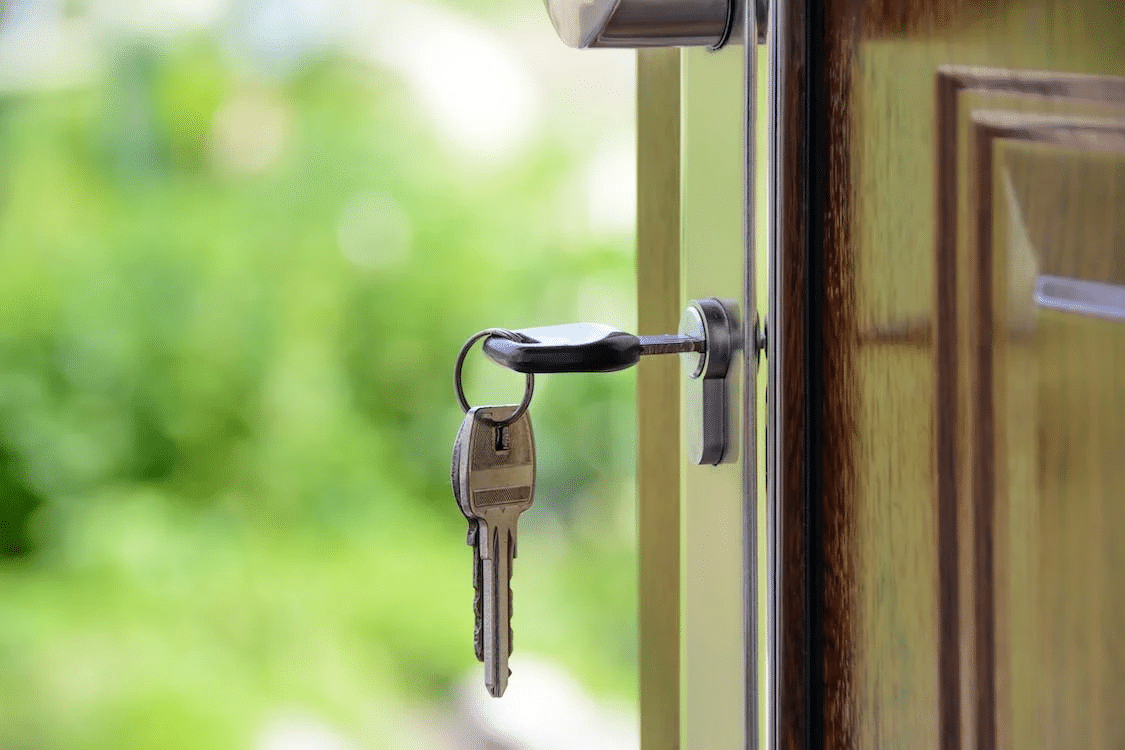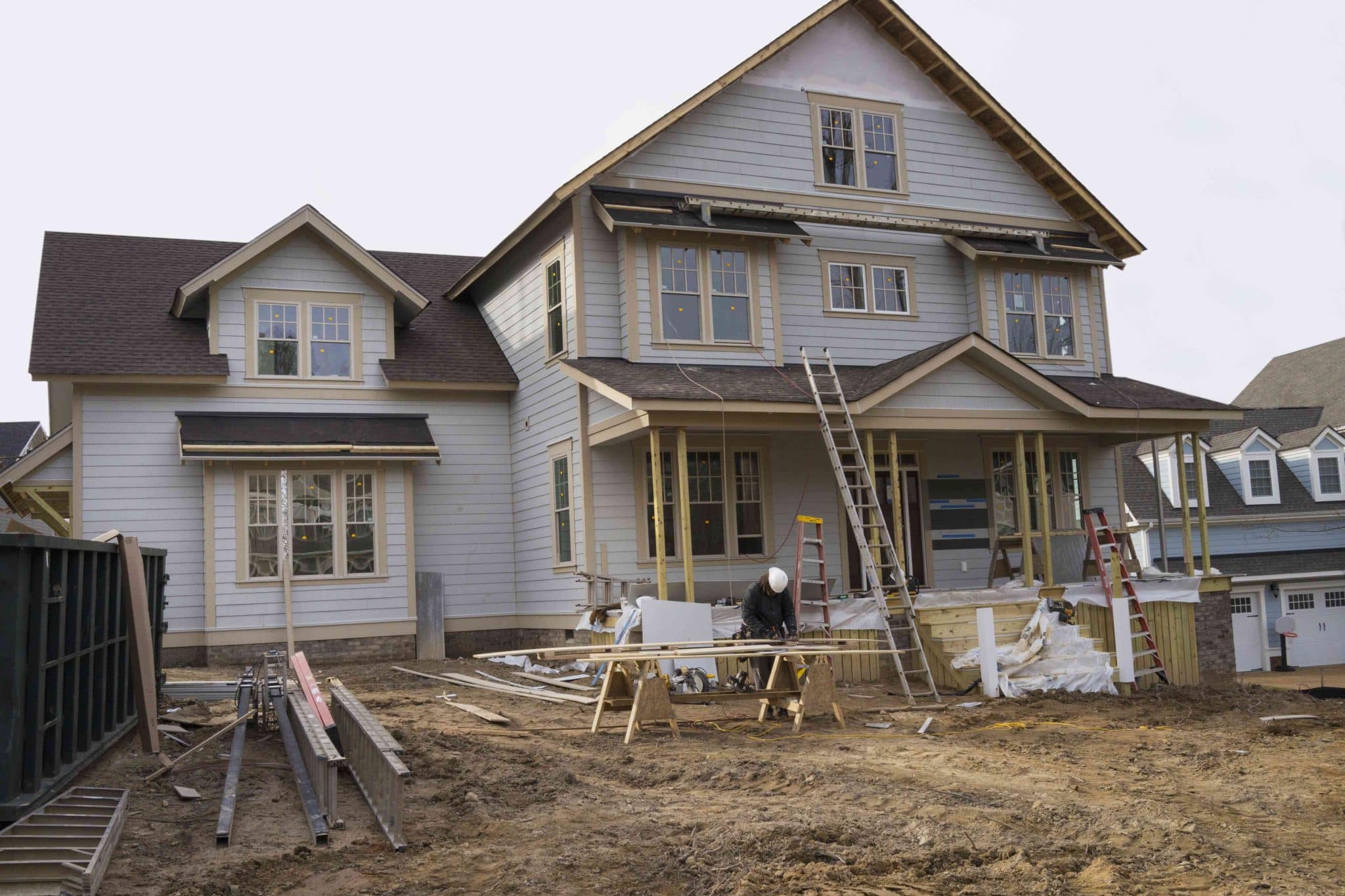What is Adaptive Property Security and Why is it so Important?
Have you ever stopped to consider just how crucial the concept of security truly is? Think about your business, your home, or your residential complex.
Each of these locations serves as a haven of security and a defense against the erratic instability of the outer world. Whether for the security of our families, the defense of our enterprises, or the tranquility of our homes, we all recognize the crucial need to maintain a secure property.
Let’s explore how modern technology is making our lives safer and more secure as we embark on this informative trip.
Understanding Adaptive Property Security
What does “adaptive property security” actually mean? It’s a flexible, futuristic method of property security that’s created to counteract the complexity and dynamism of contemporary security threats.
Adaptive property security is all about adaptation and change, in contrast to traditional security methods, which often include static procedures and primarily rely on humans. Even when possible threats change and develop, this system continuously modifies its protocols and procedures in reaction to them.
Adaptive property security in the context of commercial security, for instance, may entail real-time modifications to security measures depending on patterns of staff conduct, consumer activity, or even changes in the immediate surroundings.
The Ponemon Institute reports that 60% of businesses think cybersecurity threats have risen in the last year. This is an obvious sign that the conventional security technique is ineffective and that an adaptive methodology is necessary.
Cybersecurity insurance rates have risen over the past years for several reasons, including the growing cyber threat landscape and the increasing costs associated with cyber incidents. Organizations should be prepared for these higher costs and invest in robust cybersecurity measures to mitigate their overall risk.
Benefits of Automated Security Software
What role does automated software play in all of this? It is impossible to overestimate the effectiveness of automated software in increasing security measures. Automated security systems offer 24-hour surveillance, quickly spotting strange patterns of behavior and notifying authorities of potential security breaches.
Here are only a few major advantages.
- Real-Time Monitoring: Automated software can keep watch over a building continuously without getting tired or needing a break.
- Quick Reaction Times: The software can immediately notify the appropriate authorities when it discovers a potential threat.
- Advanced Analytics: Automated software may continuously hone its danger detection abilities by learning from each incidence.
An automatic system can warn on-site security or local law police, for instance, if a warehouse entrance that is generally only utilized during business hours suddenly experiences a rush of activity late at night. This quick reaction can shield firms from danger and stop potential threats.
AI-powered Security Analytics
The use of Artificial Intelligence (AI) in modern security software is among its most groundbreaking features. Unlike conventional, human-based security measures, AI-powered security analytics can carefully examine data, detecting suspicious activity and potential threats with a great deal more efficiency and precision.
These systems may anticipate and stop security incidents, frequently before they happen, by using machine learning. They accomplish this by seeing trends and behaviors that, while seemingly harmless to the untrained eye, may actually point to a developing security issue.
Accenture estimates that by 2035, AI will have doubled economic growth rates and increased productivity by 40%, which further emphasizes the necessity to include AI in security measures.
Access Control Models
The idea of access control, a security tactic that allows only authorized individuals to access specified locations or resources, lies at the core of any commercial security system. These access control models play a crucial role in guarding against unwanted access and any security lapses. They offer a reliable foundation on which to construct a successful security plan. They provide an extra layer of security when used with automated software, boosting protection and producing a more secure workplace.
For instance, automated security software can keep track of access logs in real time and notify security staff when an unwanted access attempt is identified. This capacity for quick response may be essential in averting a potential compromise.
Video Surveillance Systems
Any thorough security plan must include commercial security cameras. Real-time visibility of public spaces makes it easier to spot and stop possible threats. The effectiveness of video surveillance systems increases dramatically when used in conjunction with automated security software.
For instance, an automated system can continuously watch video feeds for suspicious activities and inform security staff right away. This can greatly speed up response times, which frequently means the difference between a fruitful intervention and a pricey security breach.
Mobile Panic Buttons
Every second matters in an emergency. Mobile panic buttons can help with that. These tools drastically reduce reaction times by allowing workers or first responders to send out rapid alerts in emergency circumstances.
These buttons can provide vital real-time information regarding the location and nature of the incident when combined with automated security software. This can dramatically enhance situational awareness, enabling first responders to make quicker and better judgments.
Access Control Audits
To keep a strong security posture, conducting access control audits on a regular basis is essential. These audits can spot potential access control system flaws and provide security personnel the opportunity to fix them before a breach happens.
Automated security software is a very useful tool for carrying out these assessments. The software can give a detailed image of the present health of the security system and where improvements are required by monitoring access logs, spotting anomalies, and generating thorough reports.
The average cost of a data breach in 2020 was $3.86 million, according to a survey by IBM. Access control audits performed on a regular basis can aid in preventing these expensive breaches, saving firms a lot of money and safeguarding their reputations.
More linked, more digital, and more open to security risks than ever before is the world in which we live.
Automated software and adaptive property security are now essentials rather than nice-to-haves. We can better secure our homes, our businesses, and our future by embracing these cutting-edge technologies.







